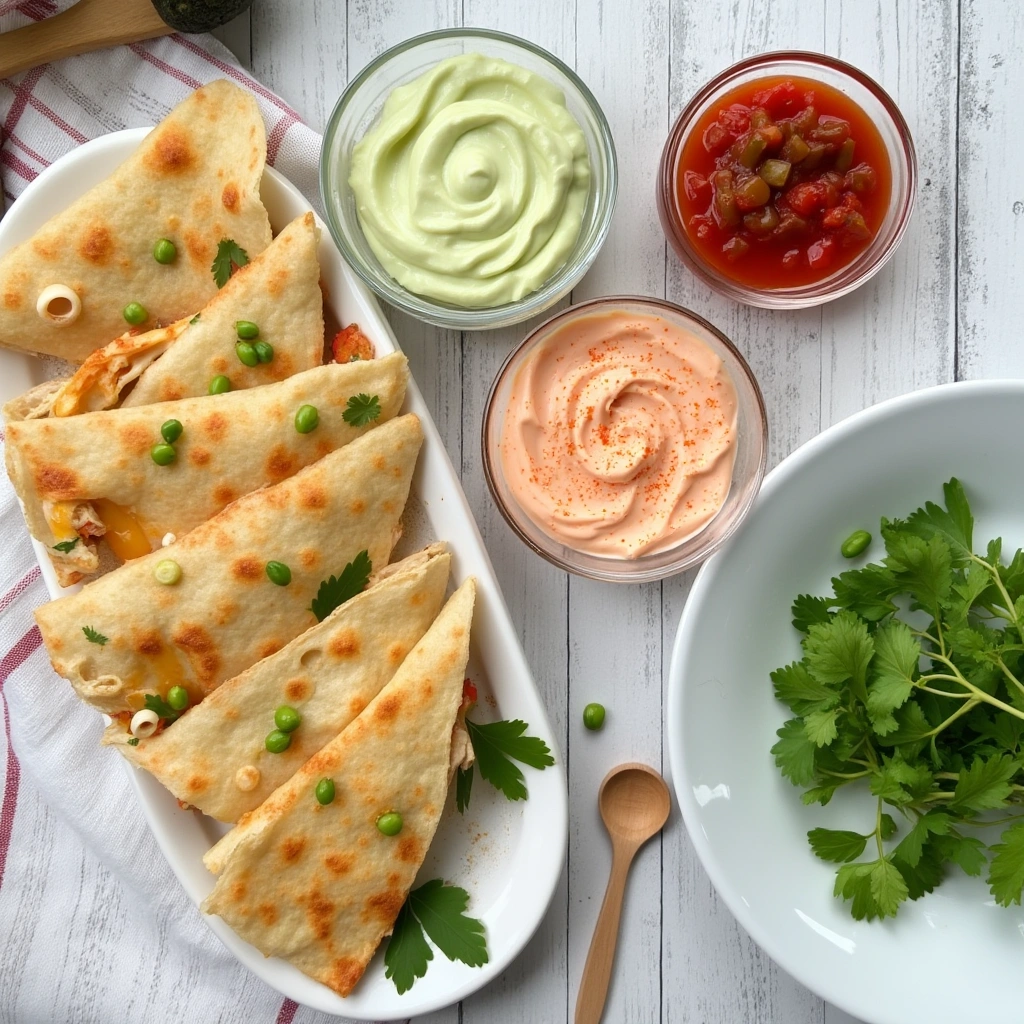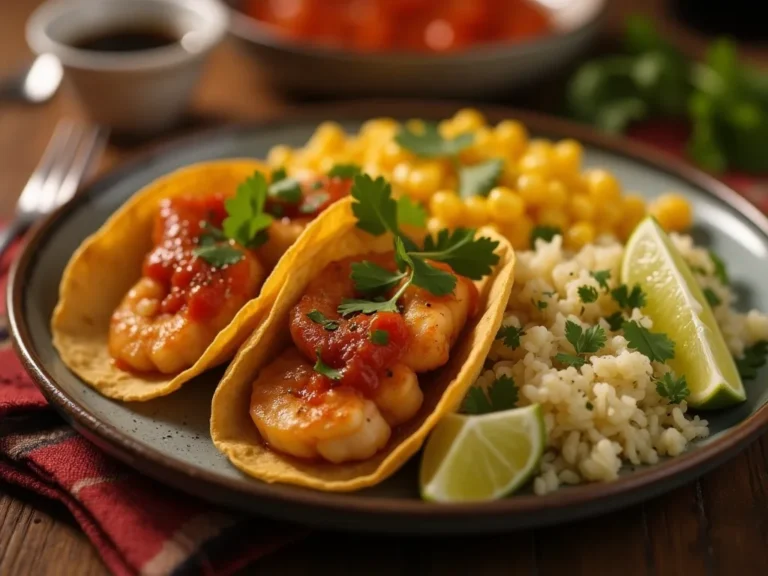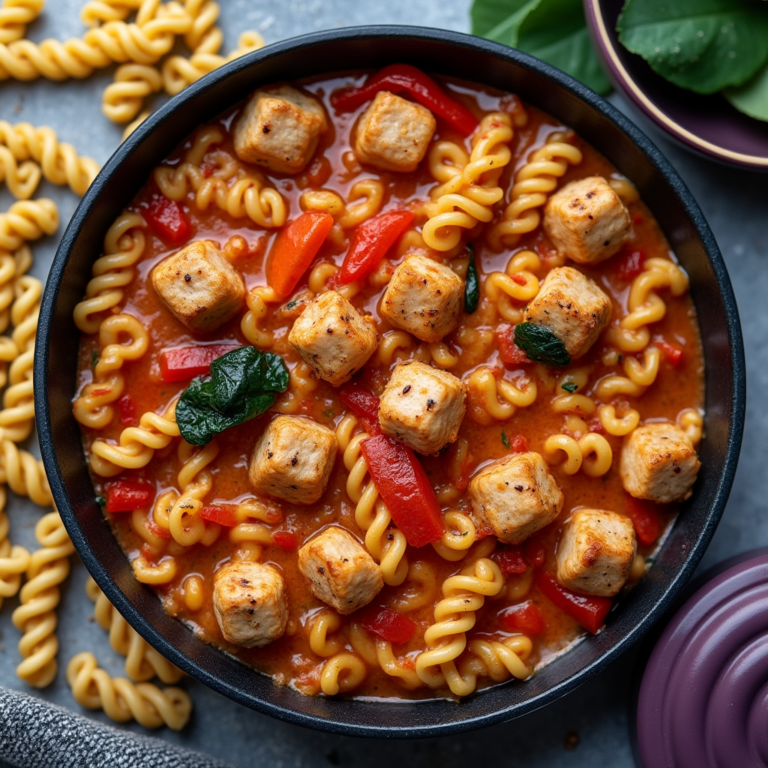Homemade Quesadilla Sauce – A Quick and Tasty Addition
Learn how to make a rich and flavorful classic quesadilla sauce. Perfect for enhancing your quesadillas with smoky, tangy flavors. Quick and easy recipe! If you’re looking for something to complement your quesadillas, you could try the flavorful Fried Shrimp Tacos for another great meal idea. Contents hide 1 What is Quesadilla Sauce? 1.1 Definition…
Learn how to make a rich and flavorful classic quesadilla sauce. Perfect for enhancing your quesadillas with smoky, tangy flavors. Quick and easy recipe!
If you’re looking for something to complement your quesadillas, you could try the flavorful Fried Shrimp Tacos for another great meal idea.
What is Quesadilla Sauce?
Quesadilla sauce is a rich and flavorful condiment traditionally used in Mexican cuisine to elevate the taste of quesadillas. It is designed to complement the crispy, cheesy, and savory elements of the quesadilla, enhancing its overall flavor profile. Typically, the sauce is made using a combination of tomatoes, chiles, and other spices, although various regional versions and personal preferences can influence the ingredients.
Definition and Origin
The concept of sauce originates from Mexico, where quesadillas—tortillas filled with cheese and sometimes other ingredients like meat or vegetables—are a staple dish. While quesadillas are often enjoyed on their own, dipping sauces help accentuate their taste. The sauce may vary in texture and spiciness, depending on the specific region and recipe.
Key Ingredients in Quesadilla Sauce
Traditional quesadilla sauce often includes tomatoes, garlic, onions, and a variety of chiles (like dried ancho or pasilla). Additional ingredients, such as cilantro, lime juice, or even a touch of cream, may be added for extra flavor and richness. Depending on the sauce variation, other ingredients like vinegar, cheese, or avocado might also find their way into the recipe, giving the sauce a distinctive texture or tang.
The Role of Quesadilla Sauce in Mexican Cuisine
In Mexican cuisine, sauces play a significant role in enhancing the depth of flavor in dishes. Just as salsa complements tacos and guacamole adds flavor to nachos, quesadilla sauce serves a similar function for quesadillas, enriching the overall dining experience. A well-made sauce balances the richness of melted cheese and meats while providing a zesty, tangy, or spicy contrast.
Types of Quesadilla Sauces
There are various types of quesadilla sauces, each adding a unique flavor to your meal. From traditional red sauces to creamy concoctions, there’s a sauce to suit every palate. Let’s explore some of the most popular options.
1. Traditional Red Sauce
The classic red sauce is a staple, made from roasted tomatoes, chiles, and garlic. The smoky, slightly spicy flavor of the red sauce is a perfect match for a cheesy quesadilla, enhancing the dish without overpowering it.
2. Green Chile Sauce
For a fresher and tangier alternative, green chile sauce uses green tomatillos and mild green chiles. The sauce has a bright flavor that pairs well with grilled chicken, pork, or vegetables inside the quesadilla.
3. Spicy Salsa Verde
A variation of green sauce, salsa verde incorporates green tomatillos, onions, cilantro, and sometimes jalapeños or serrano chiles, making it spicier. It’s ideal for those who prefer a sauce with a bit of heat to kick up the flavor of their quesadilla.
4. Creamy Quesadilla Sauces
Some people prefer a richer, creamier sauce to balance the heat of spicy ingredients. Options like sour cream, Mexican crema, or a simple crema-based sauce can be used. These creamy sauces offer a cool contrast to hot and spicy quesadillas, enhancing their richness and making them even more indulgent.
How to Make Classic Quesadilla Sauce at Home
Making classic sauce at home is simple and lets you tailor the flavor to your liking. Here’s how you can create a rich and savory sauce that will perfectly complement your quesadillas:
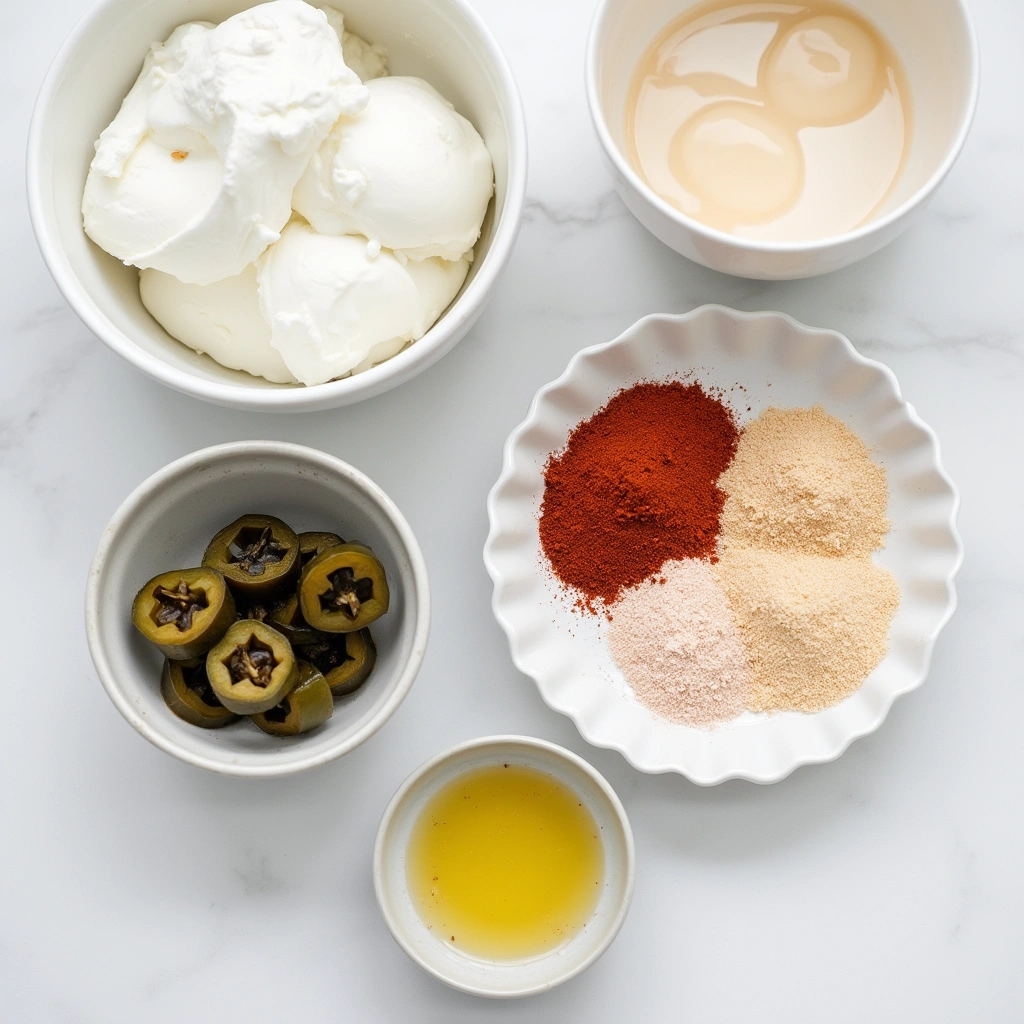
Ingredients:
- 4 ripe tomatoes
- 2 dried ancho chiles
- 2 cloves of garlic
- 1 small onion
- 1/2 teaspoon of cumin
- Salt and pepper to taste
- 1 tablespoon of olive oil
Instructions:
- Roast the Vegetables: Start by roasting the tomatoes, garlic, and onion in a dry skillet over medium heat. Cook them for about 10 minutes until the vegetables are charred and softened.
- Prepare the Chiles: While the vegetables are roasting, remove the seeds and stems from the ancho chiles. Soak them in hot water for about 10 minutes to soften them.
- Blend the Ingredients: Once the tomatoes, garlic, and onion are roasted, and the chiles are softened, place all the ingredients in a blender. Blend until smooth, creating a thick sauce.
- Simmer the Sauce: Heat the olive oil in a pan over medium heat. Pour the blended sauce into the pan and simmer for about 15 minutes. Stir occasionally, and season with cumin, salt, and pepper to taste.
- Serve: Once the sauce has thickened and the flavors have melded together, it’s ready to serve. Drizzle it over your quesadillas or use it as a dip for an added burst of flavor!
This easy-to-make classic sauce of quesadilla will add a smoky, tangy richness to your meal, making each bite even more delicious!
Best Ingredients for Quesadilla Sauce
The key to a successful sauce lies in the choice of ingredients. Certain flavors complement the richness of the quesadilla, while others help balance the overall taste. Let’s explore the best ingredients for creating this flavorful sauce
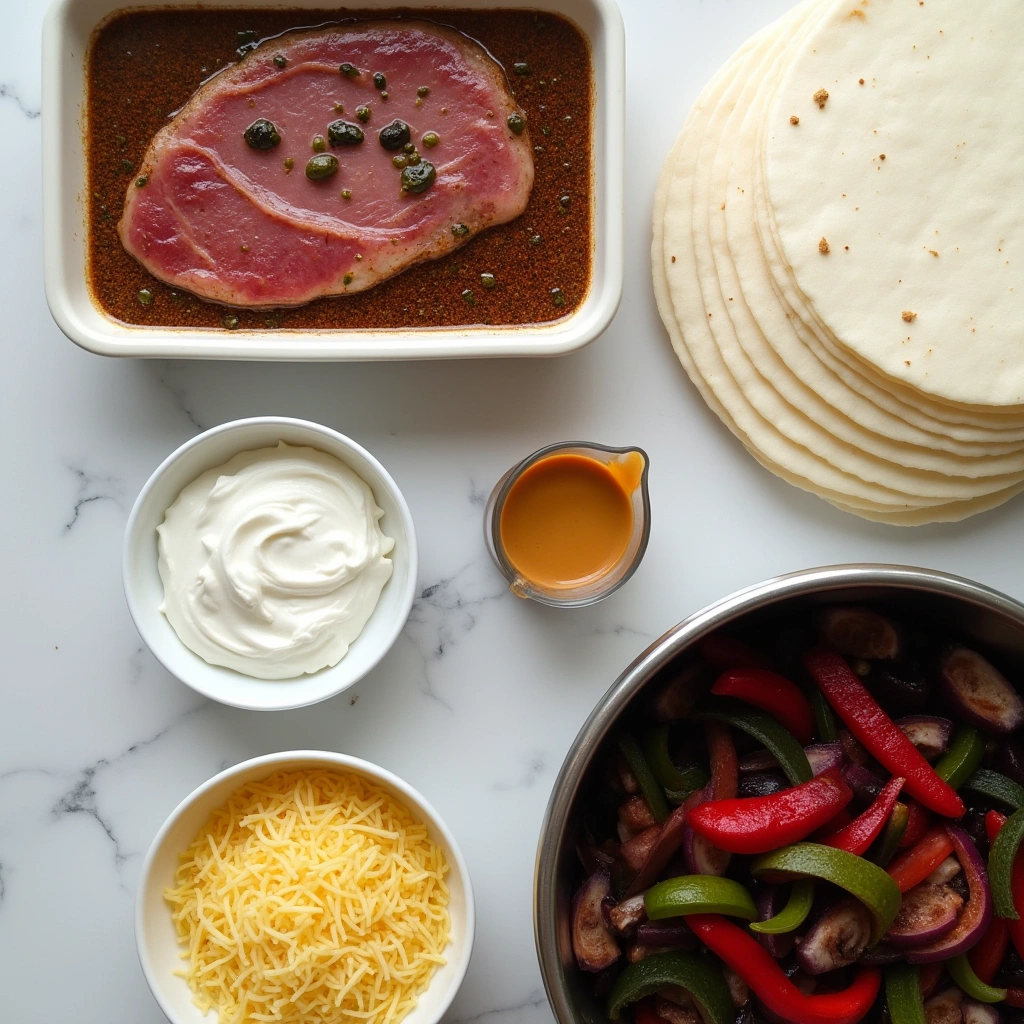
Fresh vs. Dried Chile Peppers
The choice between fresh and dried chiles can dramatically affect the flavor of your sauce. Fresh chiles offer a bright and tangy flavor, while dried chiles provide a deeper, smoky profile. Depending on your preference for heat and smokiness, you can adjust the type of chile you use in your sauce.
Birria quesadillas are delicious when paired with fresh sides like a simple salad. For a light, refreshing option, try our Tropical Shrimp Salad.
The Importance of Garlic, Onion, and Tomatoes
Garlic and onions are essential to building the foundation of a flavorful sauce. Their natural sweetness, combined with the acidity of tomatoes, creates a harmonious balance in the sauce, elevating the overall flavor of the quesadilla.
Adding Herbs and Spices for Depth of Flavor
Herbs like cilantro or oregano, and spices like cumin or chili powder, can add depth to the sauce. The combination of these ingredients creates a complex sauce that will enhance the flavor of any quesadilla.
Popular Variations of Quesadilla Sauce
Quesadilla sauce offers plenty of room for creativity, and you can experiment with different variations to enhance the flavor of your meal. Here are a few popular twists you can try:
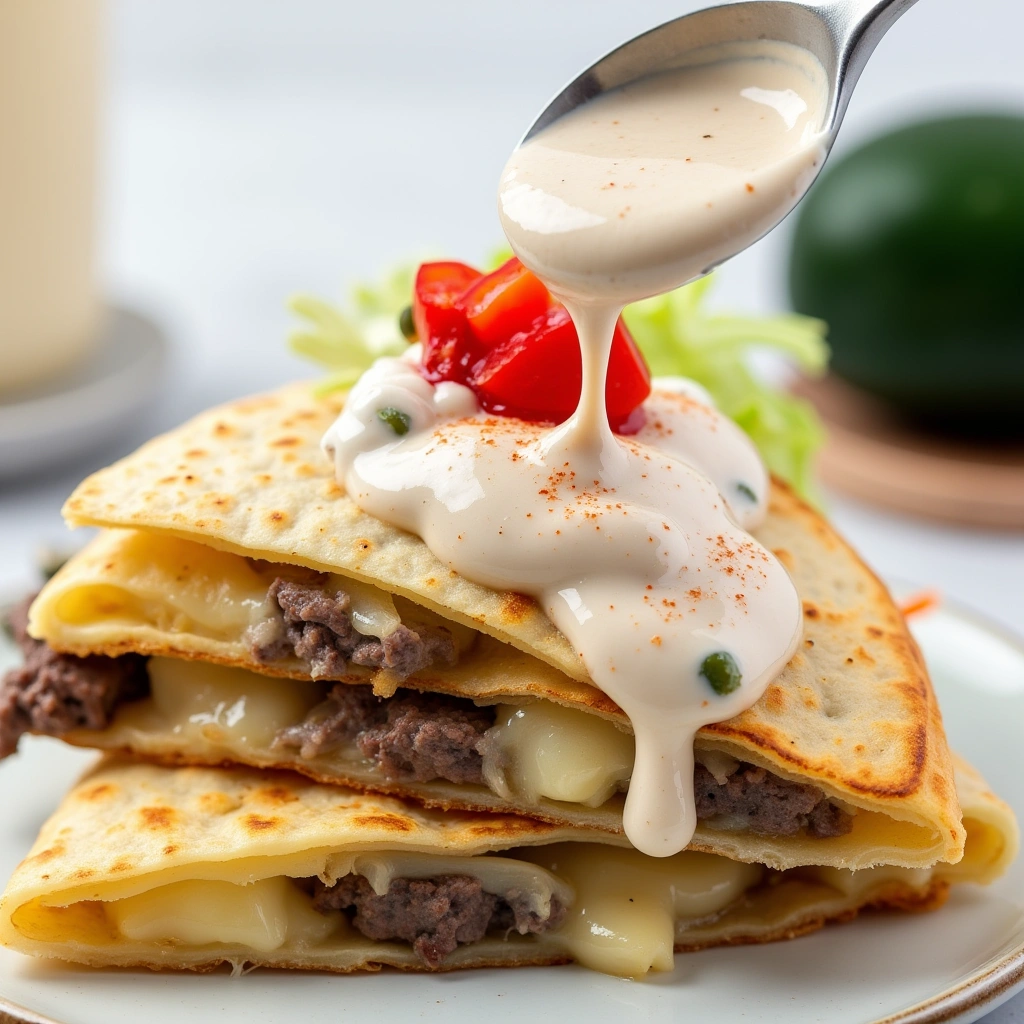
Adding Lime and Cilantro
To give your quesadilla sauce a fresh, zesty kick, mix in lime juice and chopped cilantro. The citrusy zing from the lime balances the richness of the sauce, while the cilantro adds a burst of freshness that complements the heat from the chiles.
Smoky Chipotle Style
For a smoky, spicy twist, add chipotle peppers to your quesadilla sauce. The smoky flavor of chipotle, combined with a hint of sweetness, will create a bold sauce that pairs beautifully with grilled meats or veggies inside your quesadilla.
Avocado-Infused Sauce
If you prefer a creamy and smooth sauce, try blending avocado into your quesadilla sauce. The creamy texture of avocado provides a velvety finish, while its mild flavor balances spicy ingredients. This variation works well for those who love a creamy, mild option with their quesadillas.
These variations allow you to tailor your quesadilla sauce to your taste, adding new layers of flavor and complexity.
Quesadilla Sauce Pairing
When it comes to pairing quesadilla sauce, the right combination can enhance the flavor of both the sauce and the quesadilla. Let’s explore some perfect pairings.
Pairing with Cheese
Different cheeses used in quesadillas, such as Oaxaca, cheddar, or Monterey Jack, can be complemented by different sauces. The creaminess of cheese works well with tangy green chile sauce or rich red sauce.
Serving with Different Types of Tortillas
Corn tortillas give a traditional, earthy flavor, while flour tortillas tend to be softer and fluffier. Each type of tortilla pairs well with a specific sauce, with corn tortillas often complementing spicier red sauces, while flour tortillas match better with creamy or mild sauces.
Perfect Combinations with Other Fillings
Quesadillas can be filled with a variety of ingredients, from meats like chicken and beef to vegetables like mushrooms or peppers. A spicy red sauce works well with hearty meats, while a green chile sauce pairs excellently with fresh vegetable fillings.
Healthier Alternatives for Quesadilla Sauce
If you are looking for lighter or more health-conscious options, there are several ways to modify your quesadilla sauce recipe.
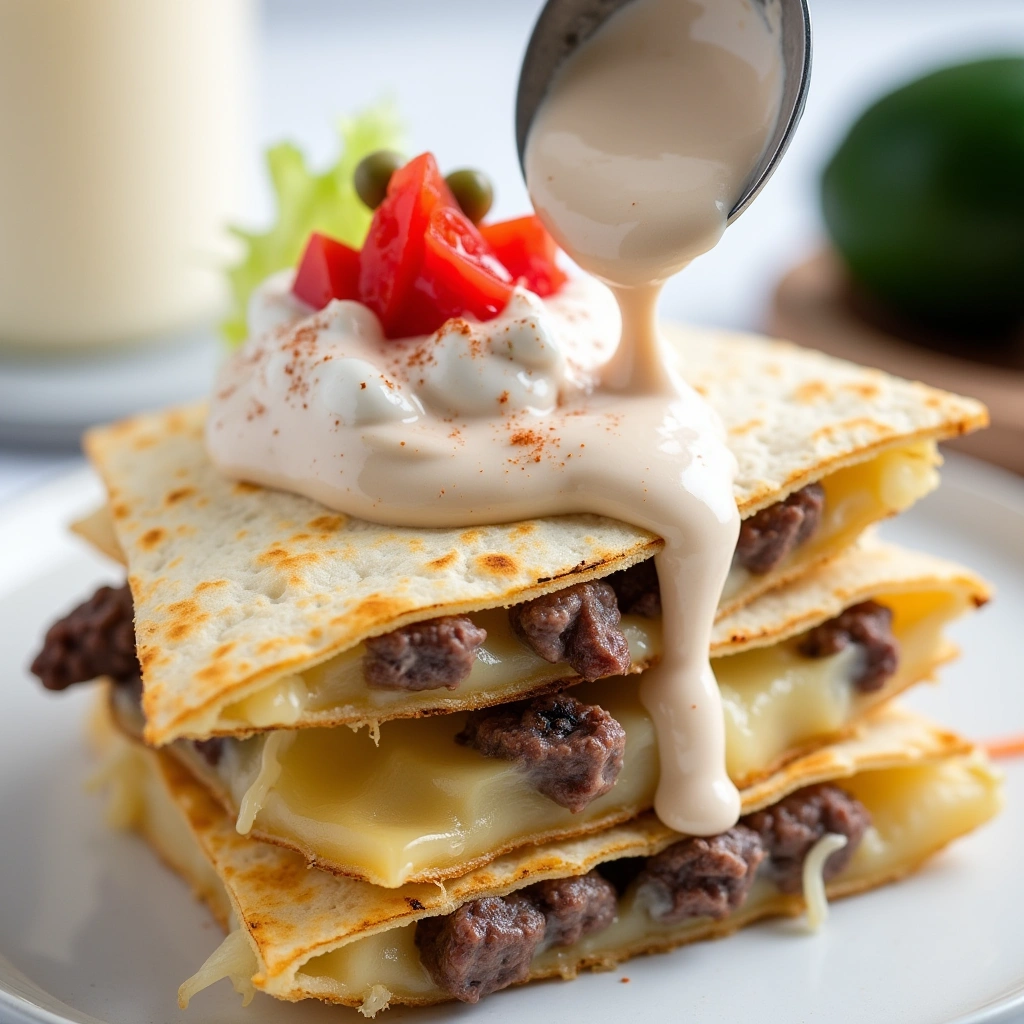
Low-Fat Options
Reducing the fat content in a quesadilla sauce is simple. You can use low-fat sour cream or swap out traditional oils for healthier alternatives like avocado oil.
Vegan and Dairy-Free Versions
To create a vegan or dairy-free sauce, consider using coconut milk or a cashew-based sauce to replace the creamy elements. These alternatives offer richness without dairy.
Reducing Spice for Mild Tastes
For those who prefer milder flavors, simply reduce the amount of chiles or use sweet peppers instead. You can still achieve a flavorful sauce without the intense heat.
FAQs about Quesadilla Sauce
1. What is the difference between red and green quesadilla sauce?
Red sauce comes from roasted tomatoes and dried chiles, giving it a smoky and rich flavor. Green sauce uses tomatillos and fresh green chiles, resulting in a tangy, bright taste that adds a fresh kick.
2. Can quesadilla sauce be stored for later use?
Yes, you can store quesadilla sauce in an airtight container in the refrigerator for up to one week. You can also freeze it for up to three months for later use.
3. How do I make my quesadilla sauce spicier or milder?
To spice up your quesadilla sauce, add more chiles or use hotter varieties like jalapeños or serranos. For a milder version, reduce the number of chiles or choose milder varieties such as bell peppers.
4. Can quesadilla sauce be made without tomatoes?
Yes, you can make a tomato-free quesadilla sauce by focusing on other ingredients like roasted peppers, garlic, onions, and spices. This creates a flavorful alternative while maintaining the essence of the sauce.
5. Is there a vegetarian version ?
Yes, you can easily make a vegetarian version of quesadilla sauce by using vegetable broth instead of meat-based stock and omitting any dairy. The sauce will still be rich and delicious.
6. Can I use store-bought sauces for quesadillas?
Yes, you can use store-bought sauces for convenience. Many brands offer red and green sauces that work well with quesadillas when you need a quick option.
Conclusion
Quesadilla sauce enhances the flavor of your quesadillas and brings out their full potential. Whether you choose a smoky red sauce, a tangy green sauce, or a creamy version, each sauce adds its unique touch. Making the sauce at home allows you to control the flavor and spice level to your liking. Don’t hesitate to experiment with different variations to create the perfect sauce for your quesadillas. With the right sauce, you’ll elevate your meal and enjoy a more flavorful experience.

Ingredients
Method
- Roast tomatoes, garlic, and onions until softened.
- Soak ancho chiles in hot water, then blend with roasted vegetables.
- Simmer the sauce for 15 minutes with cumin, salt, and pepper.
- Serve with your favorite quesadillas for a rich, smoky flavor.
Nutrition
Notes
- You can adjust the spice level by adding more or fewer chiles.
- Store the sauce in an airtight container for up to one week or freeze for up to three months.
- For a milder version, reduce the number of chiles or use sweet peppers.

